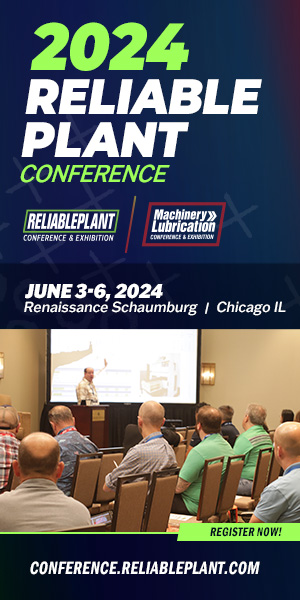March 2025

Featured Article
As industry evolves, manufacturers face increasing pressure to maximize profitability and productivity while adopting sustainable measures to produce more with less environmental impact. To accomplish this, facilities are aligning sustainability goals with lean manufacturing principles to prioritize waste elimination and value optimization.
Plant shutdowns can cause major business disruptions when they don't go as planned or finish on schedule. Reducing the duration of a shutdown while improving its quality by deploying the proper project management methodology can significantly impact an organization's top and bottom lines.
By detecting early warning signs of potential failure, PdM enables maintenance teams to address issues only when necessary, minimizing downtime and extending asset life.
By preventing costly downtime, minimizing equipment failures, and extending the useful life of machines, a precisely designed and well-executed lubrication program is a crucial component of that strategy. To do this, technicians must be provided with the right tools at the right time to perform their lubrication and maintenance jobs correctly.
Maintenance and production in a manufacturing plant often have a tense relationship. Both departments must understand from top to bottom that they must not just coexist but play off each other to be successful.
Predictive maintenance (PdM) technology allows organizations to continuously track equipment health, detecting early warning signs of failure before they lead to costly breakdowns. However, real-time insights alone are not enough to achieve desired outcomes. Without a structured process to act on this data, maintenance teams risk missed interventions.


